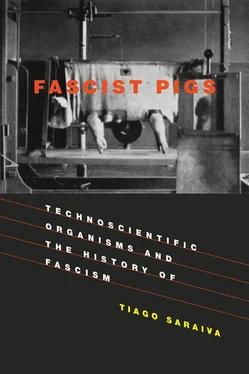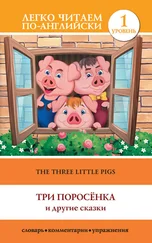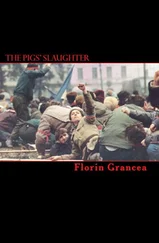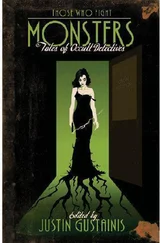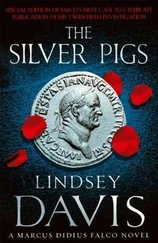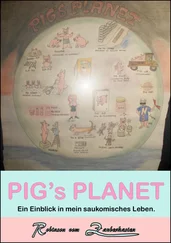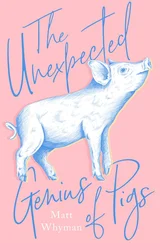Fascist Ontology and the Structure of the Book
This book is more concerned with the historical importance of organisms for fascist regimes than with the alleged specific characteristics of doing science under fascism. Fascism is not taken as a pre-given context in which some scientists operated, but as a historical context to which scientists’ practices and objects contributed; the argument is less about fascist epistemology than about fascist ontology.
Such a formulation is a direct reference to the alleged recent ontological turn in Science and Technology Studies (STS) and the increased interest in studying the being of entities (ontology) at the expense of inquiring about modes of knowing entities (epistemology). [75]STS scholars, building on their sensitivity toward the multiple ways that science and technology bring new things into being, seem particularly well equipped to follow the entanglements between humans and nonhumans producing new social collectives. The literature is now full of boundary objects, assemblages, and biosocialities, all signaling such entanglements and the variable ontologies, multiple natures, or multiverse thus formed. [76]In contrast to older studies that showed how pre-given social contexts shaped scientific objects, we have a myriad of ontological investigations focused on world-making practices. [77]The above-mentioned remarks by Canguilhem on the continuity between knowing and creation, already suggest that the strict separation between epistemology and ontology is hard to maintain; an overlapping that characterizes Canguilhem’s work and that one finds in many of the works forming the canon in history of science. [78]The very same notion of technoscience, pointing at knowledge production more as a mode of intervention than as revelation or discovery, leads to a conflation of epistemology and ontology. [79]
The simple point here is to take the arguments about the generative power of science and technology and apply it to the formation of fascist collectives, counting pigs and sheep among their members. [80]I parallel the modernist design of a fascist organic collective with the world-making processes one lately finds described in STS literature. Mass mobilizations, new state structures, organic communities, and imperial expansionism—important parts of the fascist world—were imagined and enacted through the breeders’ new organisms: wheat, potatoes, pigs, sheep, coffee, rubber, and cotton. The study of the making and growing of such organisms can thus been described as a study in fascist ontology.
Part I of the book follows a traditional division by country: Italy, Portugal, and Germany. The order corresponds loosely to the chronological succession of the seizures of power by Mussolini, Salazar, and Hitler. Chapters 1–4 describe the intertwining of geneticists’ work with efforts to institutionalize the new regimes by rooting national communities in the countries’ soils. Chapters 1 and 2 highlight the role of new strains of wheat in the Battle of Wheat in Italy and the Wheat Campaign in Portugal, the first mass mobilizations in both regimes. By following the trajectory of the Ardito wheat, the geneticist Nazareno Strampelli’s most famous creation, it is possible not only to reveal how the fascist state reached different parts of Italy but also to reveal how Mussolini’s first campaign traveled to Portugal. When examining the Portuguese case, the narrative explores how new standardized forms of wheat contributed to the development of all-embracing corporatist state agencies, a critical subject in the new fascist social order: corporatism promised a society built on organic units and “economic solidarities” in contrast to the alleged artificiality of liberal ideology based on individuals as well as to the Bolshevik obsession with social classes.
Corporatism also figures in chapters 3 and 4, which deal with the German Battle of Production and the activities of the Reichsnährstand, the institutional form of the ideology of Blut und Boden and the organization responsible for organizing the peasant world with a policy declaration on every issue related to food production. The technoscientific organisms structuring the narrative are potatoes in chapter 3 and pigs in chapter 4. The research dynamics at the Imperial Biological Institute (Biologische Reichsanstalt für Land- und Forstwirtschaft, abbreviated BRA) coping with the multiple pests afflicting German potato fields (wart, Colorado beetle, late blight, viruses) is put in relation with the growing infrastructure of the Reichsnährstand in an exemplary case of co-production of science and the state: each new experimental system at the BRA corresponded to an expansion of the power and reach of the Reichsnährstand. As for pigs, the subject of chapter 4, the development by academic animal breeders of performance records allows us to follow their transformation into organisms embodying fascism through standards measuring their Bodenständigkeit (rootedness in the soil)—a major concept in Nazi ideology.
Part II of the book deals with the expansionist ambitions of the three regimes, placing Germany’s brutal invasion of eastern Europe in a continuum with European colonial history. Chapter 5 considers coffee, rubber, and cotton, three typical elements of colonial plantation stories, and delves into Italian occupation of Ethiopia, German imperial rule in eastern Europe, and Portuguese colonialism in northern Mozambique. The plantation schemes, which had plant breeders’ artifacts as their material basis, made massive use of forced labor to serve the imperial economy. Without ignoring the different levels of violence unleashed by the three fascisms, the text suggests that we can gain significant insight into the history of fascism by considering their empires together. I take seriously Heinrich Himmler’s intention of making Auschwitz the Agricultural Experiment Station for the colonization of the east, and I compare the work done there on a rubber substitute with the work done at the Portuguese Cotton Research Center in Mozambique and the work done at Italian coffee experiment stations in Ethiopia.
Chapter 6 is the most original in terms of methodology, for it takes a single technoscientific organism—Karakul sheep—and follows that organism’s role in the settlement of the frontier for the three fascist empires. As we shall see, the Karakul sheep’s ability to thrive under harsh environmental conditions and its high value in the fur market made it a perfect companion species for white settler’s imperial expansion. The Animal Breeding Institute at the University of Halle is dealt with as a center of circulation, establishing standards and producing the rams to be used not only in white settlers farms in German possessions in eastern Europe but also in Italian settlement schemes in Libya and Ethiopia, and in Portuguese colonization of Southwestern Angola. The various local Karakul sheep experiment stations located in frontier spaces are treated as experiments in colonial sociability, revealing the connections between sheep breeding and the genocides perpetrated by the three regimes.
It is, of course, possible to produce other fascist ontologies. Here is another one: horses, mice, dogs, birds, reindeer, and flies. This was precisely the ontology devised by Curzio Malaparte in Kaputt (1944) to describe the hunger, slaughter, and devastation that occurred across eastern Europe in World War II. [81]The contradictory and controversial novelist, an early enthusiast of the fascist movement who took part in Mussolini’s March on Rome in 1922 and who after falling from grace with the Duce was sent into internal exile from 1933 to 1938, found in nonhuman animals a literary way to deal with the apocalyptic reality unleashed by Nazi imperial expansion. Animals weaved together Jewish ghettos, mass executions, battle scenes, Nazi leaders’ lavish courts, and bombed cities in a text that blended journalism, history, and fiction. For his many readers, Malaparte’s cynical style and fantastic compositions—the white marble sheet of the iced Lake Ladoga in northwestern Russia, from which emerged hundreds of dead horses’ heads; the “anti-armored-car” dogs that terrified German Panzer divisions in the Ukrainian steppe; the Naples flies thriving on heat and corpses multiplied by a never-ending war—captured the scandal of the Third Reich more accurately than the works of conventional writers did. And it was through animals (mice) that Malaparte produced one of the first accounts of the systematic character of Nazi persecution of Jews across Europe. [82]
Читать дальше
